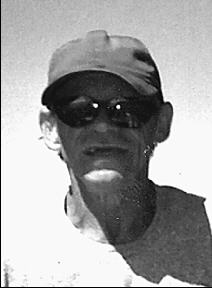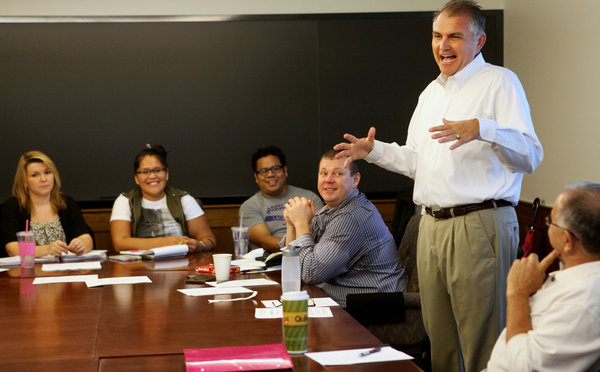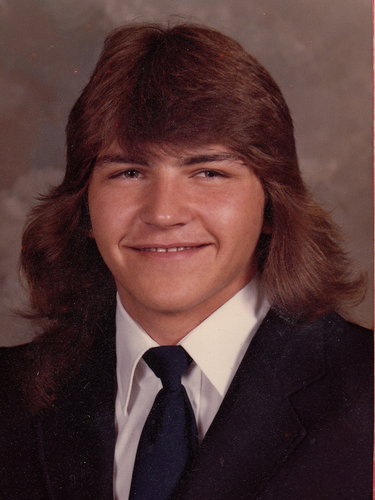USDA-Natural Resources Conservation Service
WASHINGTON, May 13, 2013 – May measurements confirm April forecasts: NRCS hydrologists predict reduced spring and summer water supply for much of the West.
April saw a surge in snow in many places but didn’t make up the shortfall during previous months.
“For much of the West, April was wetter than January, February and March combined,” said NRCS Meteorologist Jan Curtis. “But it was too little, too late.”
NRCS hydrologists use May streamflow forecasts to confirm and refine the April forecasts. Though recent snow made small improvements in some areas, most changes are insignificant.
“California, southern and eastern Oregon, Nevada, southern Utah, southern Colorado and especially New Mexico will experience major water shortages due to sustained drought conditions and low reservoir storage,” says NRCS Hydrologist Tom Perkins.
“I haven’t seen it this bad in New Mexico since I started forecasting for the Snow Survey Program in 1983,” he added.
As of May 1, USDA’s Secretary Tom Vilsack designated many counties in Western states as eligible for USDA drought assistance.
Water resource managers face difficult decisions because of this shortage. Western states should prepare for potentially increased vulnerability to forest and rangeland fires and mandatory water restrictions. In addition, wildlife that depends on surface water is going to suffer.
There are a few exceptions to the dry forecasts. The North Cascades and the headwaters of the Missouri and Columbia Rivers are near normal.
“For the rest of the West, there is no silver lining,” Perkins said. “I think it’s going to be a long, hot, dry summer.”
According to Curtis, much of the snowmelt won’t reach the streams.
“The soil in the southern half of the West is like a dry sponge that will absorb and hold water as it melts from the snowpacks. Only when the soil is sufficiently saturated will it allow water to flow to the streams,” he said.
NRCS’ National Water and Climate Center monitors soil moisture with its SNOw TELemetry (SNOTEL) and Soil Climate Analysis Network (SCAN) networks. These sensors gather soil data that helps NRCS better monitor drought development.
“Although NRCS’ streamflow forecasts do not predict drought, they provide valuable information about future water supply in states where snowmelt accounts for the majority of seasonal runoff,” said Perkins.
In addition to precipitation, streamflow in the West consists largely of accumulated mountain snow that melts and flows into streams as temperatures warm into spring and summer.
The May forecast is the fifth of six monthly forecasts. The forecast compares the current level of water content in snowpack in the 13 Western states with historical data to help the region’s farmers, ranchers, water managers, communities and other stakeholders make informed decisions about water use and future availability.
NRCS scientists analyze the snowfall, air temperature, soil moisture and other measurements taken from remote climate sites to develop the water supply forecasts.
“USDA streamflow forecasts play a vital role in the livelihood of many Americans,” said Jason Weller, NRCS acting chief. “With much of this region greatly affected by drought, our experts will continue to monitor snowpack data and ensure that NRCS is ready to help landowners plan and prepare for water supply conditions.”
Since 1935, NRCS has conducted snow surveys and issued regular water supply forecasts. NRCS installs, operates and maintains its extensive, automated SNOTEL system to collect snowpack and related climatic data in the Western United States and Alaska.
View May’s Snow Survey Water Supply Forecasts map or view information by state.
Other resources on drought include the U.S. Drought Monitor and U.S. Seasonal Drought Outlook map, which forecast drought conditions through March 31. For information on USDA’s drought efforts, visit www.usda.gov/drought. And to learn more about how NRCS is helping private landowners deal with drought, visit the NRCS site.
USDA’s Natural Resources Conservation Service helps America’s farmers and ranchers conserve the Nation’s soil, water, air and other natural resources. All programs are voluntary and offer science-based solutions that benefit both the landowner and the environment.
Follow NRCS on Twitter. Check out other conservation-related stories on USDA Blog. Watch videos on NRCS’ YouTube channel.
USDA has made a concerted effort to deliver results for the American people, even as USDA implements sequestration – the across-the-board budget reductions mandated under terms of the Budget Control Act. USDA has already undertaken historic efforts since 2009 to save more than $828 million in taxpayer funds through targeted, common-sense budget reductions. These reductions have put USDA in a better position to carry out its mission, while implementing sequester budget reductions in a fair manner that causes as little disruption as possible.














